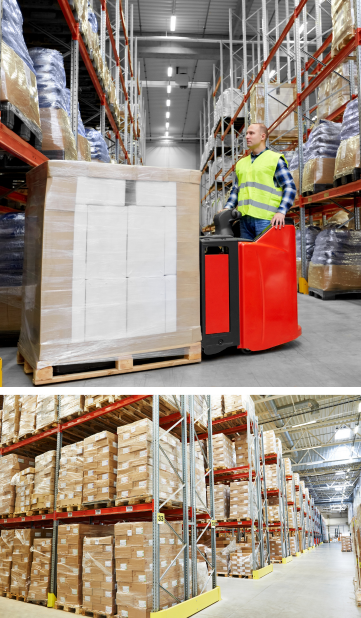Warehousing and Distribution
Warehousing and distribution are critical components of the supply chain management process that play a pivotal role in ensuring the efficient movement of goods from manufacturers to end consumers. Warehousing refers to the storage and management of products and materials before they are ready for distribution. It involves the physical handling, organization, and protection of inventory. Warehouses are strategically located at key points in the supply chain to minimize transportation costs and facilitate timely deliveries. They come in various forms, including traditional storage facilities, automated warehouses, and distribution centers.
Distribution, on the other hand, focuses on the transportation and delivery of products to their intended destinations. It encompasses various activities such as order processing, inventory picking, packing, and shipping. Effective distribution ensures that products reach customers in the right quantities, at the right time, and in the right condition. Modern distribution networks are characterized by the use of advanced technologies like route optimization software, GPS tracking, and real-time inventory management systems to enhance efficiency and accuracy.
- Warehousing plays a crucial role in the storage and management of inventory.
- Distribution centers are responsible for picking, packing, and shipping customer orders.
- Distribution is closely tied to transportation logistics.
- Modern warehousing and distribution rely heavily on technology.
- Balancing inventory levels is a critical challenge in warehousing and distribution.
- The efficiency of warehousing and distribution directly impacts customer satisfaction.
One of the primary goals of warehousing is to buffer the discrepancies between supply and demand. It allows companies to store excess inventory during periods of low demand and release it when demand increases. This helps in maintaining a steady supply of products and prevents stockouts. Additionally, warehousing can offer value-added services such as product assembly, packaging customization, and quality control checks. These services can add flexibility to the supply chain and enable companies to respond quickly to changing customer preferences.
Effective warehousing and distribution strategies are crucial for businesses to remain competitive in today's global marketplace. They can help reduce transportation costs, minimize lead times, improve order accuracy, and enhance customer satisfaction. As supply chains continue to evolve, the role of warehousing and distribution is becoming increasingly complex and technology-driven, requiring companies to continually invest in advanced systems and processes to stay ahead of the competition.
